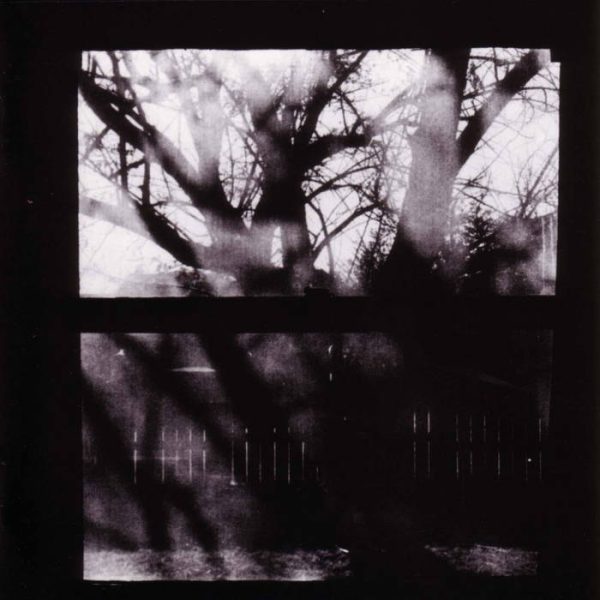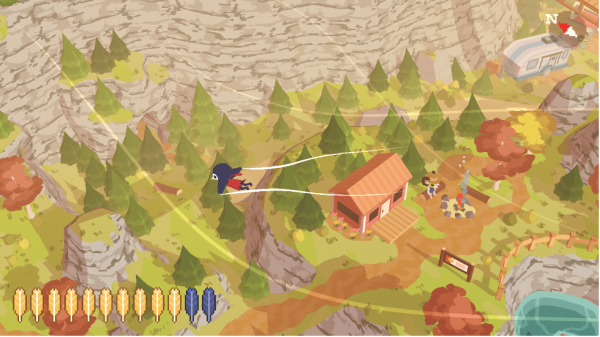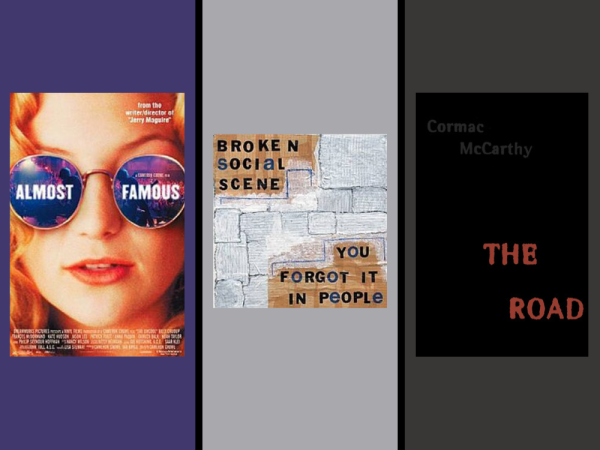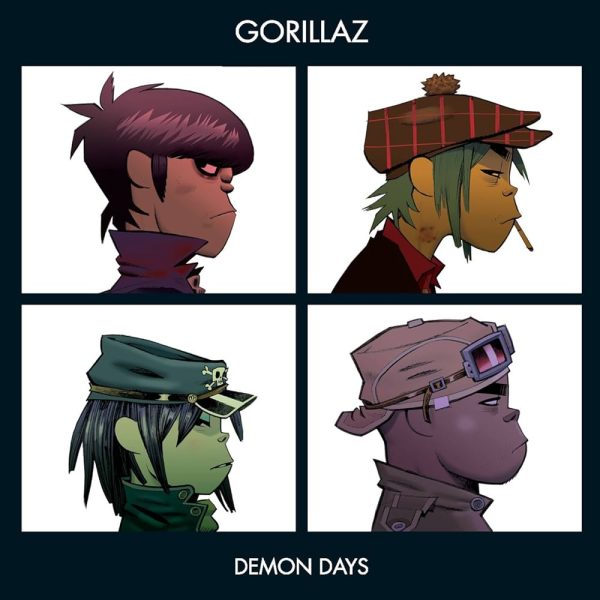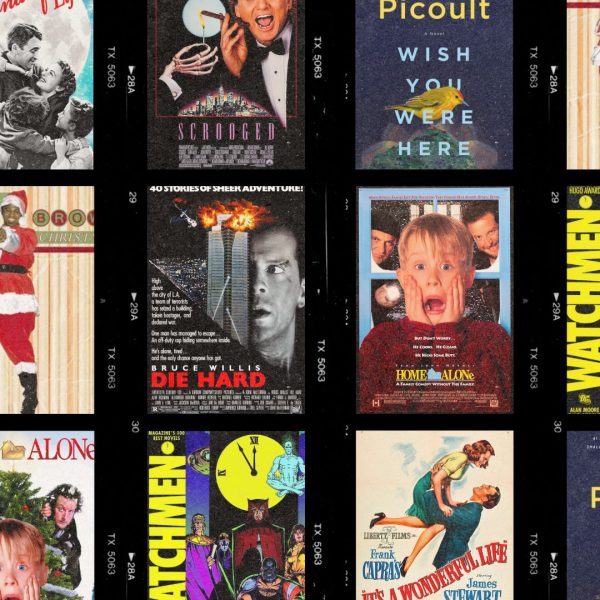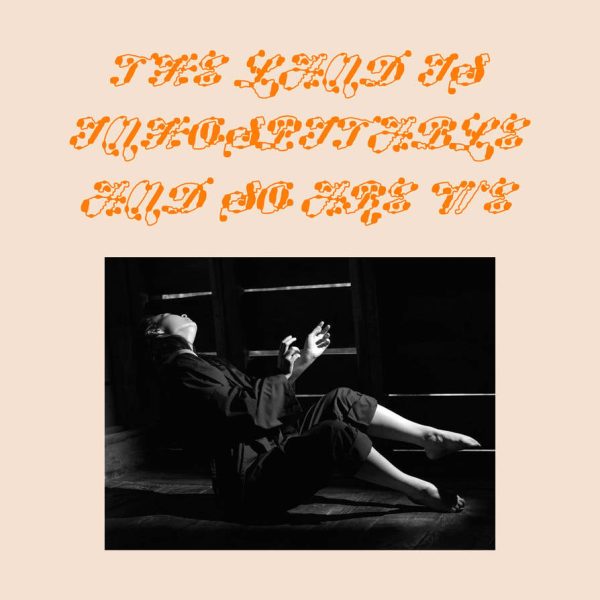Why You Should Play Ghost of Tsushima
In the past 10 years, video games have solidified themselves as viable forms of storytelling that can rival traditional storytelling mediums such as film, theater and literature. Video games like The Last of Us, God of War, Red Dead Redemption and Destiny have shown that video games can not only be immersive experiences, but storylines that hold their own against the plots of hit shows like Game of Thrones and Breaking Bad. One video game that came out in 2020 that I think exemplifies this video game format is Ghost of Tsushima. The game follows samurai Jin Sakai, who must defend his home of Tsushima against a Mongol Invasion, while losing his honor in the process. The game boasts a mastery of plot, gameplay, graphics and atmosphere that few games can rival.
The storyline was written by Ian Ryan, a distinguished video game lead writer who has written games such as the Star Wars: Old Republic games and Thief (2014). In Ghost of Tsushima, he developed an intricate storyline that molded two main plots: one that revolves around Jin Sakai defeating the Mongols, and the other revolving around him losing his honor in the process. Samurai were expected to follow an honor code when fighting, and Sakai had to violate this code in order to protect his homeland from the deadly invasion. This leads to an immersive and complex plot that is not only action-based, but delves into the inner conflict that Sakai faces as he violates his code of honor to protect his home and loved ones.
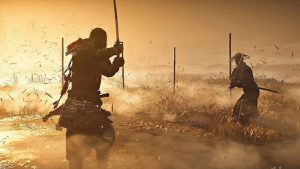
This inner conflict is reflected in the gameplay— as you progress in the game, you learn skills that diverge further and further from the honorary, head-on fighting that Samurai were traditionally taught to do. This allows players to mold a play style that is most suited to their tastes. Some players may want to take the head-on approach, fighting swaths of Mongol warriors with smooth and entertaining sword fights that reflect the honorary codes of Samurai. Other players may take the stealth approach, fighting from the shadows with poison, bows, and assassination, as a ninja would. Either approach is equally weighted, creating a gracious and fun fighting style that keeps players connected to the game.
But by far the most memorable aspect of this game is the graphics and atmosphere. Sucker Punch Studios and Playstation Studios spent months perfecting the world of Ghost of Tsushima to create a fantasy world out of a very real place, Tsushima Island. This led to the creation of a large, open-world map based on both the history and folklore of Tsushima Island. Historians were brought in to help create Tsushima Island, and graphics artists spent months perfecting each mountain, tree, and blade of grass to be as cinematic as possible. Both studios put hours of painstaking effort into making the world of Ghost of Tsushima truly cinematic, and I think they got the result they were looking for.

Ghost of Tsushima was Playstation’s fourth biggest launch in Sony history— it was an instant success. Its thematic appeal, cinematic value, and quality of gameplay quickly made it a favorite in the hearts of many gamers, including myself. I have recommended this game to every gamer I know, and I even got my dad to try the game out (he loved it). I am a firm believer that video games should be respected as stories on the same scale as film and literature, and this game only helps my case. Whether you are a seasoned gamer or someone who is simply trying to find a great story to experience, Ghost of Tsushima is what you’re looking for.

Your donation will promote student journalism at Hen Hud.

Francisco Aguirre-Ghiso is currently a senior at Hen Hud. This is his second year writing at The Anchor, and currently holds the position of managing editor....


